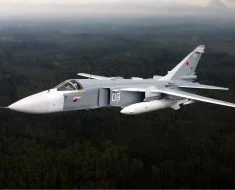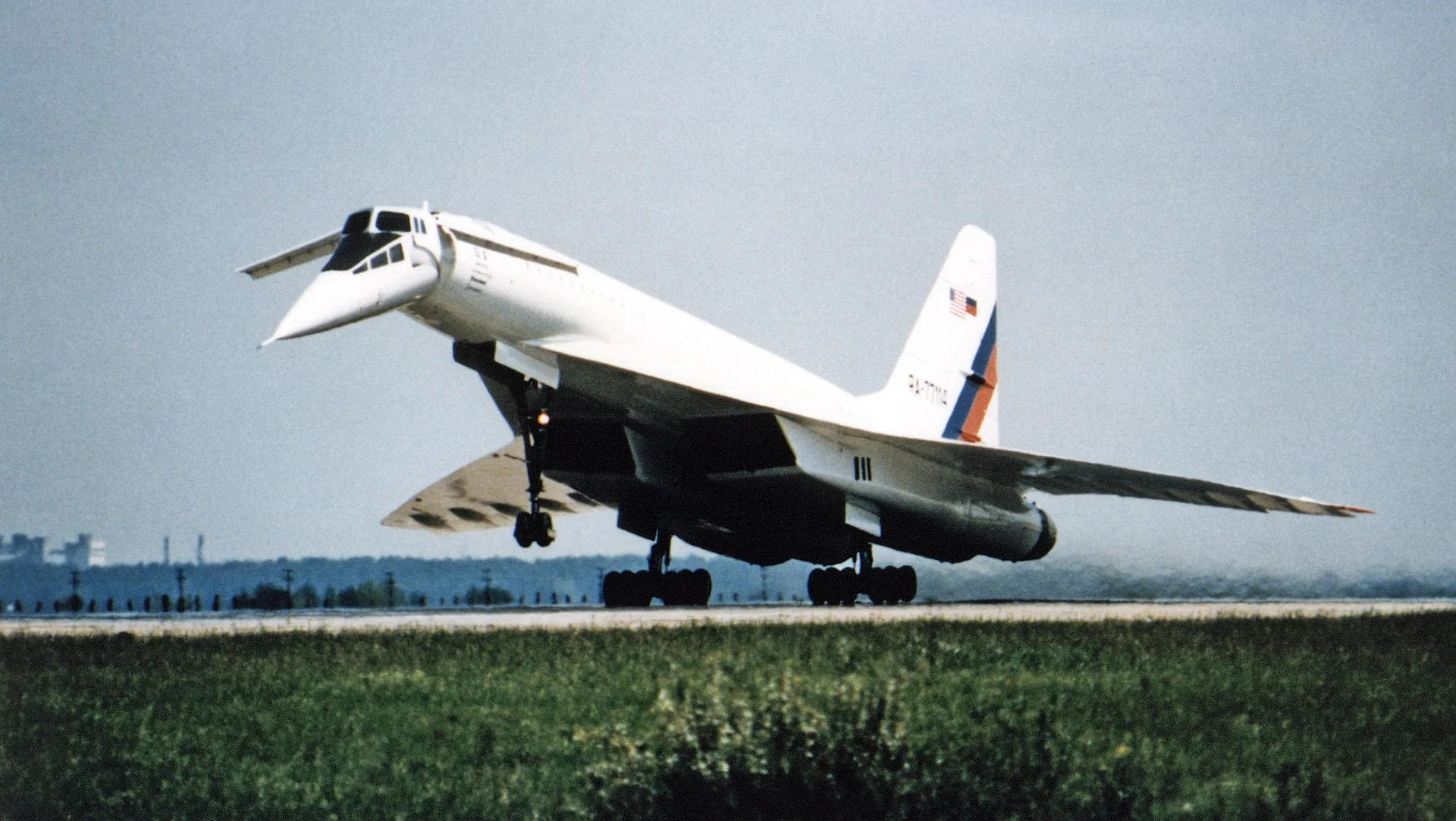As a military and architectural relic with deep historical significance, the Željava Air Base, recognised as Object 505, captures a momentous chapter in the history of Yugoslavia.
Strategically positioned along the border separating Bosnia and Herzegovina from Croatia, the airbase, in its prime, claimed the status of the most expansive and fortified installation throughout Yugoslavia and the wider expanse of Europe.
This intricate stronghold encapsulates a profound narrative, complete with remarkable infrastructure, strategic significance, an extensive underground bunker system, and ultimately, its own downfall.
Prior to the inception of the Željava Air Base, the area was primarily a rugged, mountainous terrain situated between the Plješevica Mountain and the Una River.
This landscape did not carry any substantial historical, cultural, or political implications until the Yugoslav government recognised its latent potential for a military stronghold during the aftermath of the Second World War.

Construction
The planning for the Željava Air Base began in the early 1950s, during a period when Cold War tensions were escalating, and the threat of a nuclear attack was deemed significant.
Read More: JB-17G – Flying Fortress turned Testbed
The Yugoslav leadership, under President Josip Broz Tito, decided to construct an ‘indestructible’ air base that could withstand a nuclear strike and continue to function effectively.
The site chosen for this ambitious project was strategically located on the Plješevica Mountain, next to the tripoint of Bosnia and Herzegovina, Croatia, and Serbia.
The area offered natural protection due to the rugged terrain, and its location facilitated defence against potential threats from both Western and Eastern adversaries.

Construction of the Željava Air Base commenced in 1957 and took more than a decade to complete, finally concluding in 1968.
The total cost of the project was estimated at around $6 billion (adjusted to present-day value), making it one of the most expensive military construction projects in Europe.
The heart of the air base was its colossal underground complex, a labyrinthine network of tunnels and chambers directly excavated into the Plješevica Mountain.
The underground structure spanned over 3.5 kilometres, comprising five primary tunnels linked to a circular hub with runways leading to the surface.
It was designed to accommodate an array of military assets and could store up to 58 aircraft in large hangars.
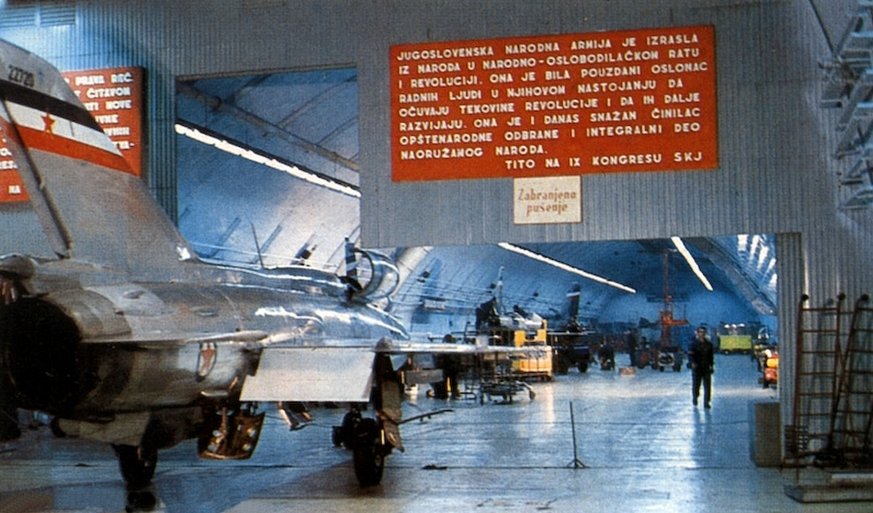
There were also maintenance facilities, fuel storage, command and control centres, and crew quarters and it was equipped with an internal ventilation system, power generators, and a dedicated water supply system, enabling self-sufficiency in case of prolonged isolation.
The Željava Air Base was fortified to withstand a nuclear blast of up to 20 kilotons.
The entrances were fitted with 100-ton pressurized doors designed to protect against nuclear, biological, and chemical attacks.
The runways were constructed to be thick and resilient, capable of handling the takeoff and landing of heavy military aircraft.
Strategic Significance
Its geographical location, proximal to the intersection of Yugoslavia, Italy, and Austria, was seen as ideal for providing a robust line of defence against prospective threats.
Being ensconced within a mountainous border region also facilitated the swift mobilization of forces in response to aerial incursions.
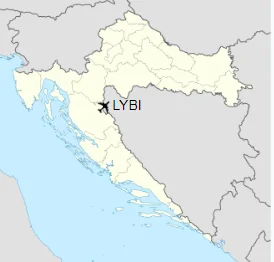
At the height of its operational lifespan, Željava functioned as a critical nerve centre for the Yugoslav Air Force, accommodating a substantial fraction of the country’s aviation assets, military personnel, and defence capabilities.
Read More: Saab 37 Viggen – Sweden’s Thunderbolt in the Sky
It represented a frontline bastion against potential invasions from both Western and Eastern adversaries.
The Underground Bunker and Infrastructure
The area surrounding the Air Base is fraught with danger due to the presence of numerous minefields.
These minefields were laid out during the Yugoslav Wars of the 1990s, particularly during the Bosnian War (1992–1995).
This conflict, marked by ethnic and territorial tensions, resulted in extensive use of landmines as a military strategy.

The intention of the landmines around Željava Air Base was to secure the strategic military complex from opposing forces and impede enemy troop movements. However, following the end of the conflict and the subsequent destruction of the airbase, these minefields became a hazardous legacy.
They present an ongoing risk to local populations, wildlife, and anyone unwittingly straying into these areas.
These areas have not been fully cleared, making the vicinity of Željava Air Base and its surrounding landscapes dangerous.
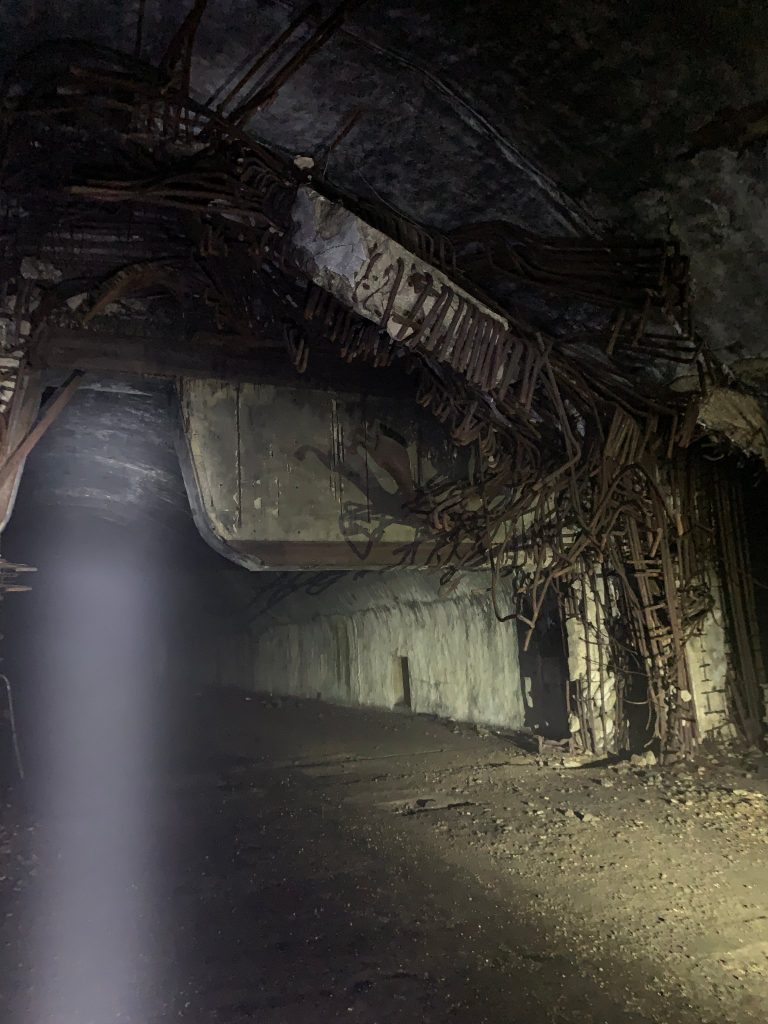
Demining operations have been slow and difficult due to the region’s rugged terrain, lack of clear maps of mine locations, and limited resources.
It is important to note that entry into these areas is strictly forbidden due to the high risk of mine accidents.
The presence of these minefields has also contributed to the delay in any redevelopment or restoration efforts for the airbase.
The prospect of securing the area and ensuring safety is a massive undertaking that would require a significant amount of resources and time.

Željava Air Base was particularly renowned for its colossal underground complex, a magnificent display of Yugoslav engineering prowess.
This labyrinthine network of tunnels and chambers, excavated directly into the Plješevica Mountain, stretched over 3.5 kilometres and was engineered to withstand a direct nuclear hit.
The underground installation harboured aircraft hangars, command centres, and quarters for personnel, as well as storage facilities for fuel and weaponry.
The airbase boasted a remarkable level of self-sufficiency, equipped with an internal ventilation system, power generators, and even a dedicated water supply system.
The base was designed to accommodate up to 58 aircraft within its subterranean hangars, establishing it as a formidable fortress even under the dire circumstances of a nuclear assault.
Aircraft Housed at Željava
The Željava Air Base was the home ground for numerous squadrons of the Yugoslav Air Force, including the 117th Fighter Aviation Regiment and the 352nd Reconnaissance Aviation Squadron.
Read More: Spitfire with a German Heart – The ‘Messerspit’
The base witnessed the deployment of a variety of aircraft, most notably the MiG-21, a supersonic jet fighter and interceptor aircraft.
The Yugoslav Air Force procured its first MiG-21s in the early 1960s.
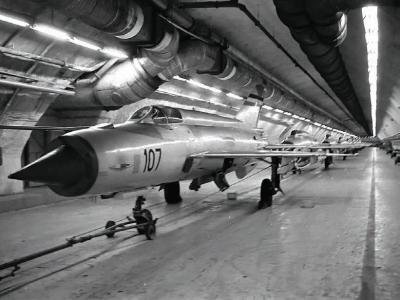
Over the years, Yugoslavia operated multiple versions of the aircraft, including the MiG-21F-13 (a fighter variant), MiG-21PFM (an interceptor variant), and MiG-21bis (the most advanced and final production model).
The MiG-21s served primarily as interceptors and were integral to the country’s air defence network.
They were stationed at several air bases across Yugoslavia, including Željava Air Base, the country’s largest and most fortified military airbase.
The aircraft were known for their speed, agility, and versatility. They could carry a variety of air-to-air missiles and were equipped with an internal cannon for dog fighting.
However, the MiG-21s also had limitations: their cockpit visibility was somewhat restricted, and they had a relatively short operational range due to their small size.
During the Yugoslav Wars in the 1990s, some of the MiG-21s were used in combat roles.
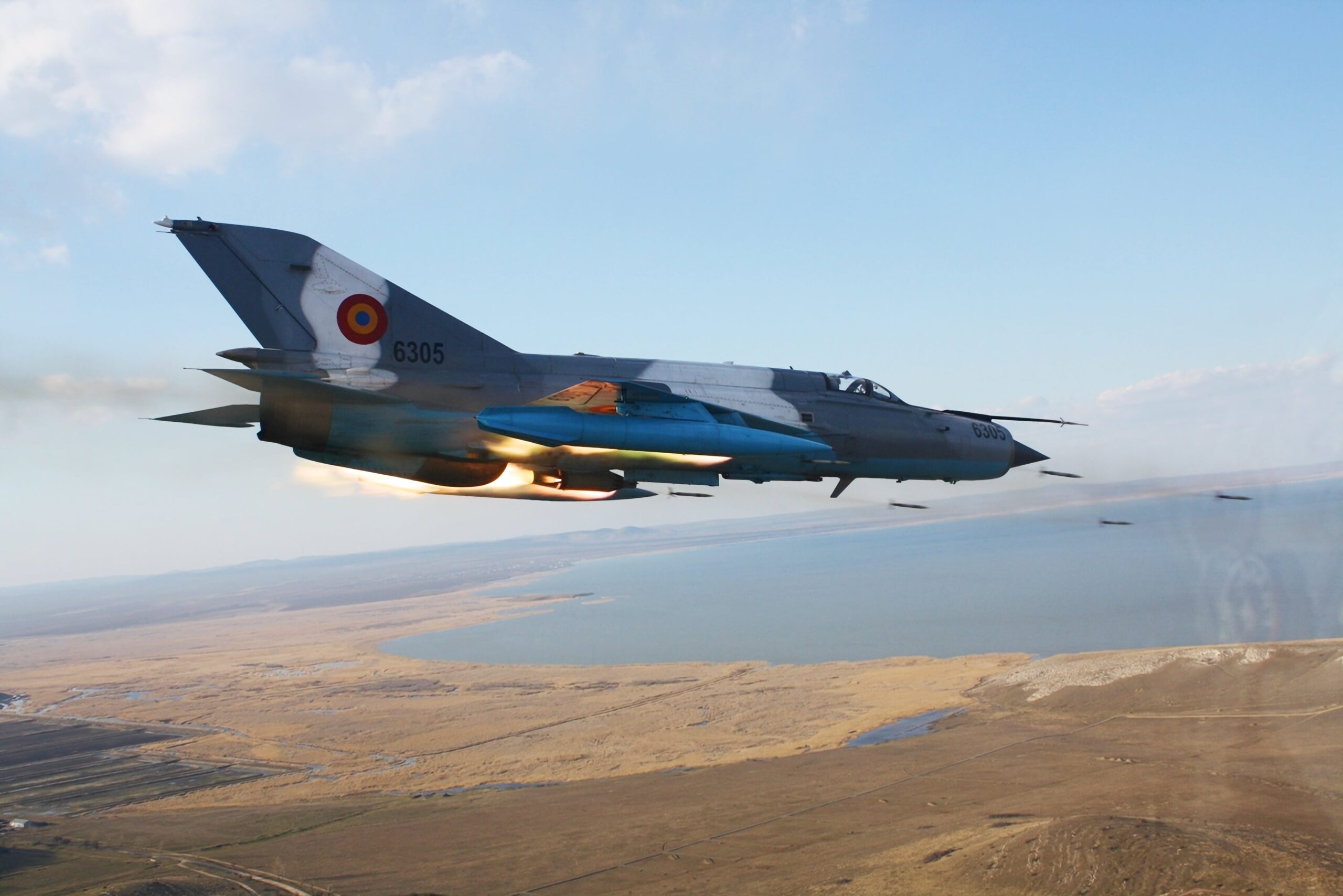
Not only was the infamous Fishbed housed at the base, but so too was the Soko J-22 Orao, a Yugoslav twin-engined, subsonic ground-attack and reconnaissance aircraft.
It was introduced in the late 1970s, and it marked a significant milestone for both nations, being the first advanced jet aircraft developed and produced domestically in southeastern Europe.
The development of the Orao was part of a broader effort by Yugoslavia to become more self-reliant in its defence capabilities.

The project began in the early 1970s as a collaboration between Yugoslavia and Romania, with the aim of producing a rugged, reliable aircraft capable of performing close air support, air interdiction, and reconnaissance missions.
Read More: Kawanishi N1K – Japan’s Underrated Fighter of World War II
In the Yugoslav Air Force, the J-22 Orao served alongside the Mikoyan MiG-21, complementing the latter’s air defence role with its ground-attack capabilities.
The Orao was used during the Yugoslav Wars in the 1990s and saw action in various combat operations.
The final type to be housed at Željava was the Soko G-4 Super Galeb, a single-engine, advanced jet trainer and light ground-attack aircraft native to Yugoslavia.
Known as the Super Seagull, it was conceived in the 1970s as a replacement for the older Soko G-2 Galeb in the role of a trainer and light attack aircraft in the Yugoslav Air Force.
The design incorporated modern elements like a high-mounted, swept wing and a turbofan engine, which provided better performance and fuel efficiency than the turbojet engines used in older designs.

It also had a tandem-seat cockpit with dual controls, a pressurized and air-conditioned cabin, and advanced avionics for its time, offering an improved training environment for pilots.
The aircraft is capable of performing a variety of missions, including basic and advanced pilot training, aerobatic flying, tactical weapons training, and light ground-attack duties.
For ground-attack missions, the G-4 Super Galeb can carry a range of weapon systems, including gun pods, rockets, and bombs on its hard points.
The Yugoslav Wars
The Yugoslav Wars, a series of ethnic conflicts, wars of independence, and insurgencies fought from 1991 to 2001 in the former Yugoslavia, had profound effects on the region’s people and infrastructure.
The Željava Air Base, once the most significant and fortified military airbase in Yugoslavia, did not escape the destructive impact of these conflicts.
It served as a hub for the Yugoslav Air Force, hosting a variety of aircraft and personnel.
The airbase’s sophisticated underground complex was designed to withstand a nuclear strike, embodying the Yugoslav military’s strength during the Cold War era.
The outbreak of the Yugoslav Wars in 1991, following the dissolution of the Socialist Federal Republic of Yugoslavia, disrupted the stability of the region.

These conflicts were characterized by political and ethnic tensions, secessionist movements, and the fight for territory, leading to widespread destruction and loss of life.
The Željava Air Base, given its strategic significance and military potency, became a focal point during these conflicts.
As the Yugoslav Army retreated from the base in 1992, during the Croatian War of Independence, it executed a scorched earth policy to prevent the base from falling into enemy hands. Around 56 tons of explosives were used to destroy the underground complex, rendering it unusable.
Destruction and Current Status
The fate of the Željava Air Base was sealed during the Yugoslav Wars that plagued the 1990s.
In an effort to prevent the base from falling into enemy hands, the Yugoslav Army, while retreating, triggered an estimated 56 tons of explosives in 1992, laying the once invincible stronghold to waste.
The explosion caused widespread environmental contamination, with the leakage of aircraft fuel and other toxic materials.

Fast forwarding to 2023, the air base languishes in ruins, a poignant reminder of its past glory, with its runway sporadically used by local farmers for herding sheep.
Read More: A2D Skyshark – Unfulfilled Promise of a Revolutionary Aircraft
Despite proposals surfacing to repurpose it into a commercial airport or a memorial site, unresolved territorial conflicts between Bosnia and Herzegovina and Croatia, as well as the daunting cost of potential decontamination and reconstruction, have stalled any significant progress.
Conclusion
Even in its state of dilapidation, the Željava Air Base stands as a monumental testament to Yugoslavia’s erstwhile military prowess and architectural ingenuity.
Its compelling history underscores the geopolitical tensions of the Cold War era and the violent dissolution of Yugoslavia.
The future of this site may be cloaked in uncertainty, but its past will forever echo in the realms of military and architectural history.
If you like this article, then please follow us on Facebook and Instagram.


